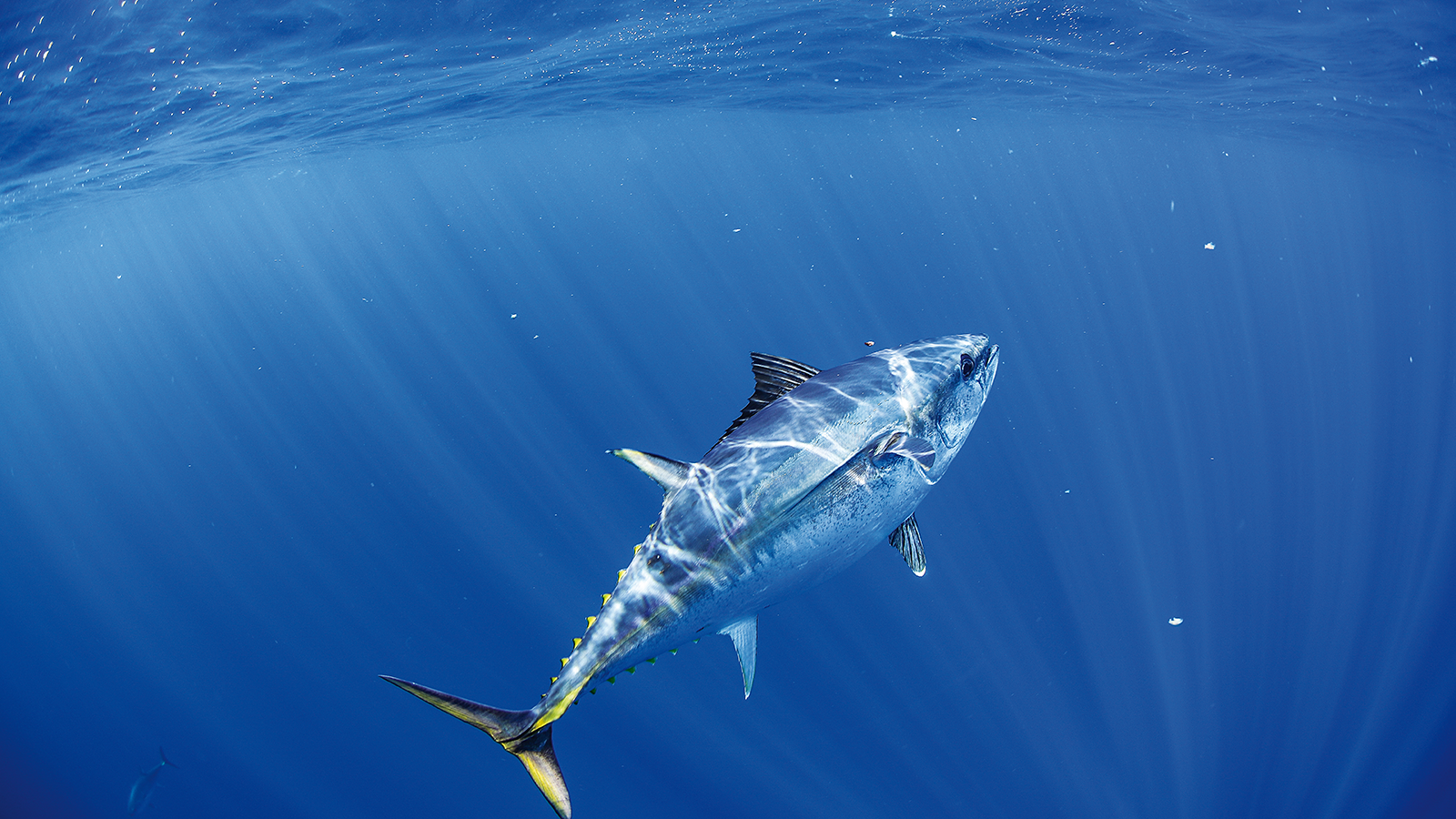Previous research has shown a clear impact gradient associated with cage salmon farming operations, and that presence of bacterial mats (Beggiatoa) and proliferation of opportunistic species are features commonly associated with high levels of organic enrichment (e.g. Pearson & Rosenberg, 1978). The presence of opportunists, such as Capitellid worms, being classified as representative of “unacceptable impact” (Macleod et al., 2004). This premise has been validated in SE Tasmania and underpins regulatory monitoring requirements statewide (DPIPWE, 2004).
The understanding that proliferation of opportunists represents deteriorating conditions was translated to monitoring protocols in Macquarie Harbour, but the relationship between opportunists and the level of enrichment was not explicitly tested in this region. However, video surveys suggest that in Dorvilleid worms rather than Capitellids were the species most indicative of organic enrichment effects(DPIPWE, 2004). Dorvilleids can tolerate anaerobic sediments and high levels of hydrogen sulphide (Levin et al. 2013) and are known to be indicators of the impacts of finfish aquaculture (e.g. Paxton et al. 2010).
However, Macquarie Harbour is ecologically very different to other farming areas in SE Tasmania; the sediments are inherently depauperate, largely epibiotic and spatially patchy. A recent study in Canada has highlighted the need to better understand the relationships and compliance thresholds for established enrichment indicators (i.e. Beggiatoa sp and opportunistic polychaete complexes) in systems where ecological patchiness may occur (Hamoutene et al 2014); suggesting that, where there is significant potential for small scale spatial variability, normal successional responses may not be as reliable. Consequently, the responses may not be consistent with expectations developed from southern Tasmanian regions.
In this context it is important to identify the relationship between Dorvilleids and sediment condition; determining the reliability of this species as an indicator of sediment condition, and characterising the environmental conditions associated with changes in Dorvilleid abundance.








